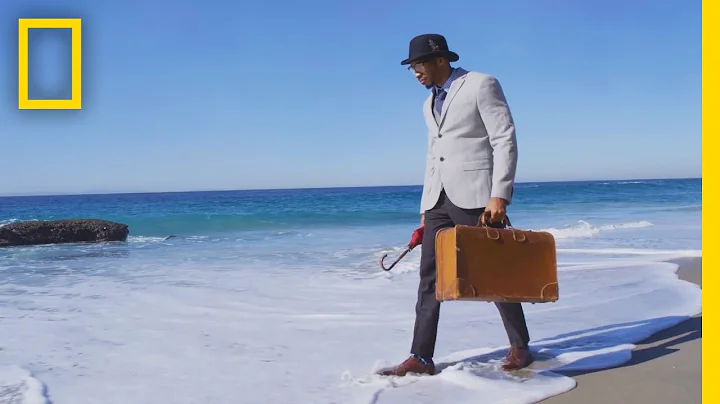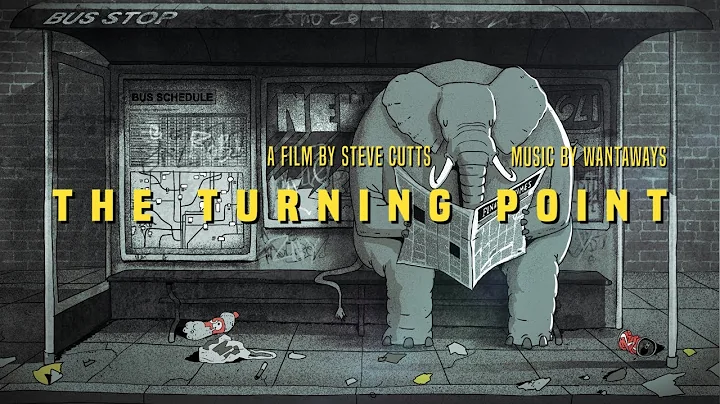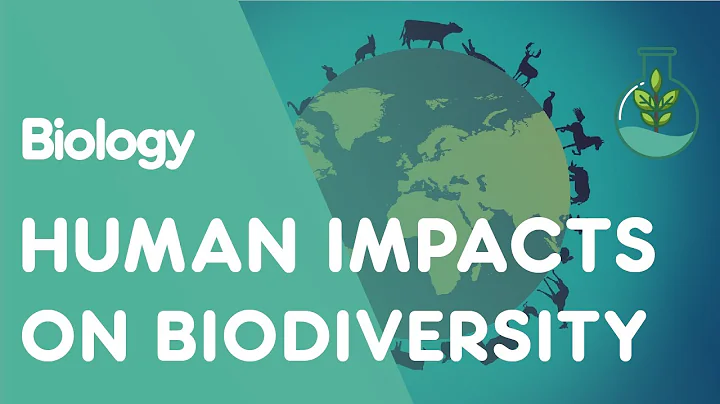For some species, time is running out on Earth. Humans are the greatest threat to the survival of endangered species, with poaching, habitat destruction and the effects of climate change causing many problems. Protecting these beautiful species on earth is one of the most meaningful things for mankind. The following is a list of the creatures most in need of protection in the world.

Gorillas are fascinating creatures. They share 98.3% of their DNA with humans! They can feel emotions just like us and sometimes even act like us. In fact, there are two gorillas, the eastern gorilla and the western gorilla . But they are all critically endangered. As of June 2020 statistics, there are currently only about 150 to 180 adult Cross River gorillas left in the wild. Like many endangered animals, their decline is largely due to poaching and habitat loss, as they have a low reproductive rate, meaning females only give birth once every four to six years. This has resulted in the loss of gorillas at a rate that is greater than the rate of increase.

The name rhinoceros comes from the Greek word meaning bull with nose horns, which is a very appropriate name. However, unfortunately, rhino also became known as rhinoceros because of its nose horns. The biggest threat to their survival. They are used in traditional Chinese medicine or as symbols of status and wealth. They are so rare that rhino horns sell for up to $30,000 per kilogram on the black market. Rhinos are the most endangered species in the world. There are currently only 46 to 66 Javan rhinos left in the world. The largest number of Javan rhinos are in national parks in Indonesia.

Next on humanity’s list of endangered species are sea turtles. Hawksbill and leatherback sea turtles are classified as vulnerable species, and although their numbers are declining, turtles are still hunted for their eggs, shells, meat and skin, which are valuable to poachers. They also face dangers from ocean pollution and climate change. In addition, as sea levels rise , sea turtles are no longer able to breed on beaches, and the loss of their spawning grounds has accelerated the extinction of sea turtles

Sola is one of the rarest large mammals on earth. It was first discovered in the mountains of Vietnam in 1992. It is exciting to discover a new species, sora is one of the most amazing zoological discoveries of the 20th century. Because it was discovered for the first time and is rare, it is also called the Kirin Monster of the East. The population size of the Sora is difficult to accurately determine as it is considered critically endangered due to its rarity and is one of the rarest large terrestrial mammals on Earth.

North Atlantic right whales are gentle sea monsters that prey on zooplankton in the water near the coast because their large size makes them easy targets. Their meat and rich blubber, called blubber, are highly valued ingredients, and hunting has made them one of the most endangered large whales. There are currently only about 400 left in the world, of which only about 100 are females. They only give birth once every six to ten years. And whales use sound to find mates. But heavy maritime traffic and changes in sea temperature have adversely affected the whales' reproductive rates.

The tooth-billed pigeon is disappearing at an alarming rate. They only live in Samoa, and there are currently 70 to 380 left in the wild. Humans actually know very little about the tooth-billed pigeon. Hunting in Samoa has killed thousands of tooth-billed pigeons in the past. Because of human overexploitation. Loss of their habitat. The original large living area of the tooth-billed pigeon. Already occupied by humans. This has resulted in almost no trace of tooth-billed pigeons in the wild.

The Indian crocodile has a slender snout with a large protrusion at the end. Its special appearance makes this crocodile extremely rare. They spend their entire lives in freshwater rivers and only come ashore to spawn. The Indian crocodile's population has been declining since the 1930s, and the large crocodile is now close to extinction. There are only about 100 to 300 left in the wild. The decline is due to habitat loss and the inability to breed in captivity

New Zealand parrots are also endangered.They are currently critically endangered, with only about 140 of these parrots left in the wild. They were once common in New Zealand and Polynesia, but are now found only on small islands off the southern coast of New Zealand. Only then did we discover that in addition to human hunting, the main threat to parrots is that stray cats abandoned by humans have also become natural enemies that threaten New Zealand parrots. The genetic diversity of New Zealand parrots is very low, resulting in a slow reproduction rate. Currently, they only rely on these 140 birds. New Zealand parrots breed naturally and humans will soon lose sight of this beautiful species

The Amur tiger is one of the most endangered big cats in the world. They are listed as critically endangered on the IUCN Red List, with only about 92 individuals left in the wild between 2014 and 2015. The number is now estimated to be less than 70. Like all species, humans are their greatest threat. Their beautiful fur is popular with poachers, and Amur tiger bones are used in traditional Chinese medicine. Due to natural and man-made fires, the Amur leopard's habitat has been shrinking, which has resulted in the Amur tiger not being able to find the prey it needs. Eventually it will lead to extinction






















